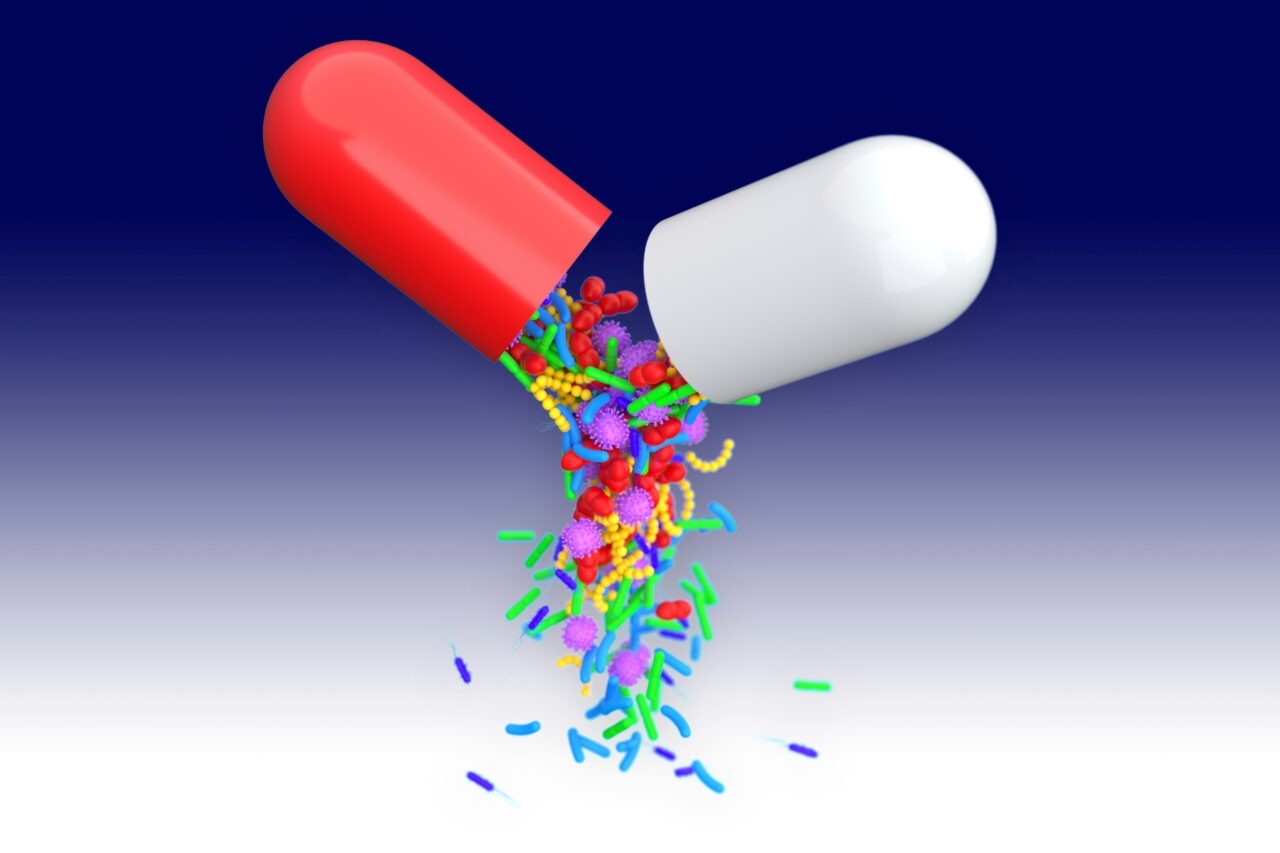
Our health also depends on the health of the complex and numerous communities of microbes that populate our gut, the so-called microbiota. This term refers to the collection of microorganisms - bacteria, fungi, viruses - that populate and colonise an environment. We know that the human microbiota is very rich: each of us hosts about 1.3 times as many bacteria (about 38 trillion) as the number of cells that make up our body (about 30 trillion).
Normally, our body's relationship with these microorganisms that regulate many physiological functions, from metabolic activity to the immune system to - it is thought - certain psychological states, is healthy. But in some cases this balance can alter, increasing the risk of disease.
In order to study the microbiota, understand how it can be altered, and how one can intervene to restore healthy conditions, an innovative approach is provided by network science, a discipline that deals with representing a complex system through networks, allowing one to analyse the networks and relationships between the various elements of the system, in this case the microorganisms that make up the microbiota.
Mirko Hu, a researcher at the IMT School for Advanced Studies Lucca, has applied this approach to chronic inflammatory bowel diseases, studying how alterations in the microbiota can affect their development. In the work for his PhD thesis, Hu analysed the networks established between guest bacteria in the human gut, comparing the relationships in a microbiota of a healthy gut with those of a microbiota in the presence of chronic inflammatory bowel diseases such as Crohn's disease and ulcerative colitis.
How do disciplines such as network science and medicine interact in the study of the gut microbiota and its diseases?
The microbiota can be represented at different levels, both from the point of view of the chemical reactions that take place within it and the relationships between bacteria. Furthermore, it is possible to compare how bacteria relate in a 'healthy' versus an 'unhealthy' gut microbiota. In my research, I focused on ulcerative colitis and Crohn's disease, two diseases characterised by inflammation of the gut.
What observations emerged from the research?
Our findings focused on the metabolic pathways prevalent in the microbiota, i.e. the main sequences of chemical reactions for the production of metabolically useful substances. One important result concerned a genus of bacteria called Bacteroides, which is very present in the mammalian microbiota. The research showed that these bacteria, depending on the condition they were in (healthy gut, gut with Crohn's disease or gut with ulcerative colitis), did or did not share pathways with other species.
Furthermore, Escherichia coli, a particular species of bacterium that normally inhabits the human gut, related differently to bacteria of the species Bacteroides fragilisin the different analysed conditions. In healthy intestines with ulcerative colitis, the two species had several metabolic reactions in common, but not in the intestine with Crohn's disease. Furthermore, in the microbiota of a diseased gut, the central reaction was the synthesis of coenzyme A, a substance that plays a key role in the metabolism and transformation of fatty acids into energy. An alteration in their production is known to be linked to chronic inflammatory bowel diseases. In the microbiota of a healthy gut, on the other hand, the central reaction was found to be the degradation of stachyose, an oligosaccharide sugar contained in some legumes. The involved pathway leads to the production of another substance, UDP-glucose, recognised as a potential biological defence againstEscherichia coli in conditions where it can cause disease.

Will be there any clinical applications in the future that will come from this research?
First of all, this method allows us to get a complete map of the interactions between bacteria, so that we can intervene in the production of certain substances, aiming to bring the microbiota back into a state of symbiosis. In the future, we could think about creating a sort of 'digital twin' of the human microbiota, i.e. a digital version that simulates its complexity and pathological elements, so that we can test which substances interact with the specific microbiota.
Marco Maria Grande